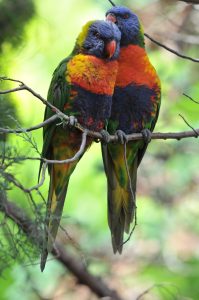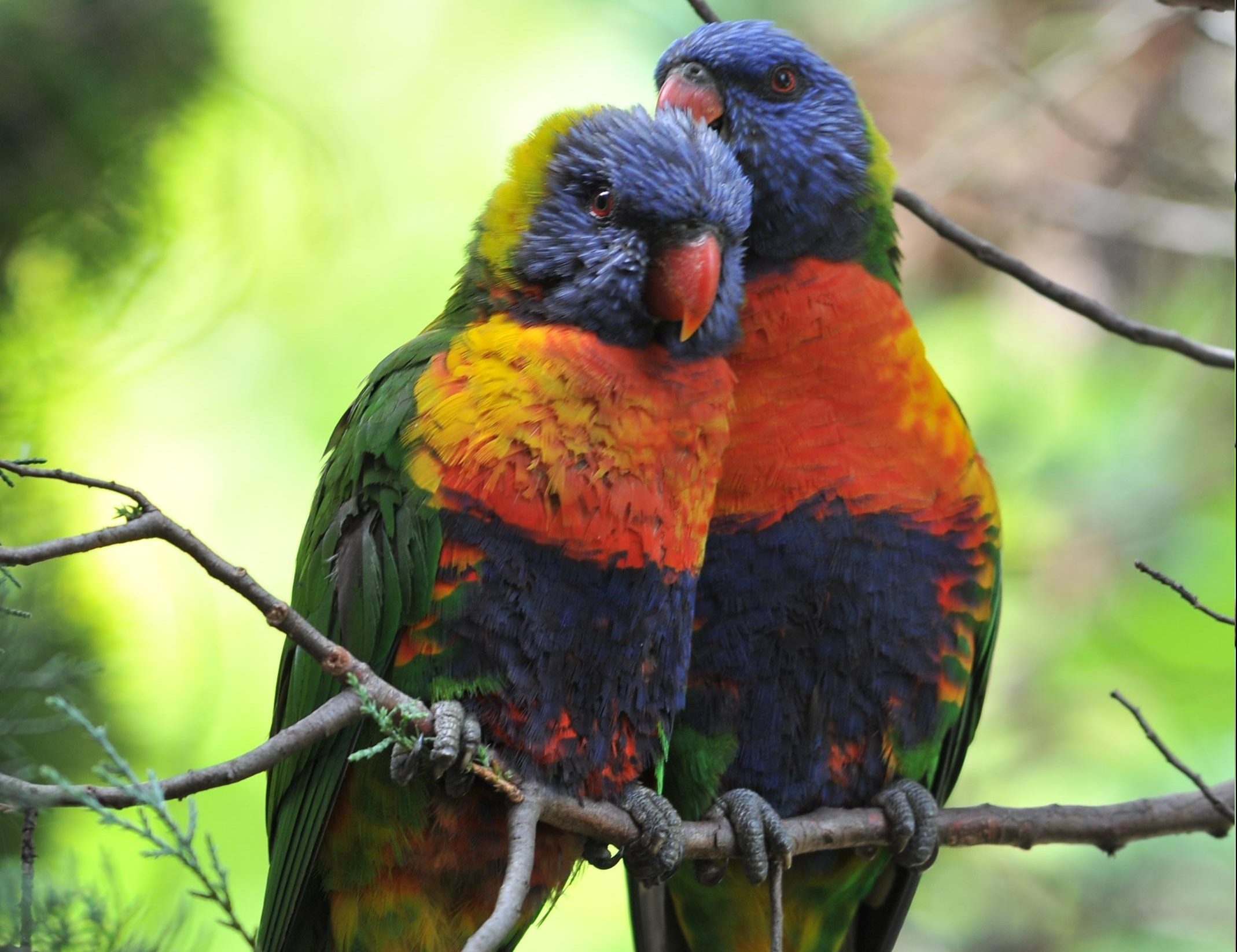This post is also available in Dutch.
Humans are not the only ones dealing with monogamous relationships. Birds also have them, more than any other animal. And, like humans, their relationships are also quite complicated.

“Birds also do it…”
Image courtesy of Morguefile (CC0 1.0).
When we think about monogamy, we tend to focus exclusively on human relationships. There are indeed many of us who opt for the monogamous lifestyle, but we’re not the only species in the animal kingdom that faces this challenge. Scientists agree that around 90% of the bird species are monogamous, a massive majority that got many ornithologists wanting to know more.
Monogamy in birds is social, not genetic
The social dynamics of bird communities are quite complex, especially when it comes to breeding. There are many factors interfering with parents’ goals, such as the places they opt for mating. If they do not hang out in the best spots, chances are low that they will meet an ideal partner. And the mission is far from being complete even if they’re lucky enough to find someone. Team work is essential to raise chicks (“It takes a village…”). Parents face a lot of challenges. That’s why birds, as animals of habit, easily overcome these challenges by repeating the same “formula” year after year. And that includes investing in a long-term relationship with a single partner. If things worked out the last time, why shouldn’t they work out the next one?
There are behavioral and biological markers that have been associated with monogamy in birds, such as longevity, body size or brain volume. Ornithologists agree, however, that higher chances in the survival of the species has led to the adoption of this monogamous behavior, instead of being something that is encoded in their DNA. That’s why we use the expression “social monogamy” to describe birds’ relationships.

Wading birds can be quite aggressive when the stability of their relationship is at stake.
Image courtesy of Pixabay (CC0 1.0).
Yes, “it’s complicated” for birds too
Birds’ romantic lives make for a very particular chapter in wildlife. Most birds seem to be kind lovers since they do not act aggressively towards their partner during the mating season, although there are exceptions (like ducks; they have no boundaries). In many cases, bird couples tend to get together months before the mating season starts. They indeed invest a lot in their relationships, but it’s no surprise that they spend some time in other nests. Extra-pairing is a very common practice in birds’ social dynamics. But just like us, birds can get quite pissed off about individuals interfering in their relationships! Partners tend to be very aggressive toward eventual intruders. Usually these situations do not affect couples’ routines, but sometimes they can be a sign that a relationship is about to end.
Yes. Birds can also get divorced. Researchers think that partners are constantly evaluating the cost-benefit of keeping a relationship. Once one of them realizes there’s more to gain with another relationship, they leave the nest to find happiness elsewhere. All birds divorce, but some are more likely to get divorced than others. While albatrosses very hardly give up on their relationships, flamingos don’t hesitate before packing their stuff and moving on.

Albatrosses (left) invest a lot in the relationship, while flamingos (right) not so much.
Left and right images courtesy of Pixabay (CC0 1.0).
There’s no doubt that the dynamics of relationships are intriguing, whether it comes to humans, birds, or any other living species in this beautiful and chaotic world of ours.
This blog was written by João, and edited by Marisha and Monica
